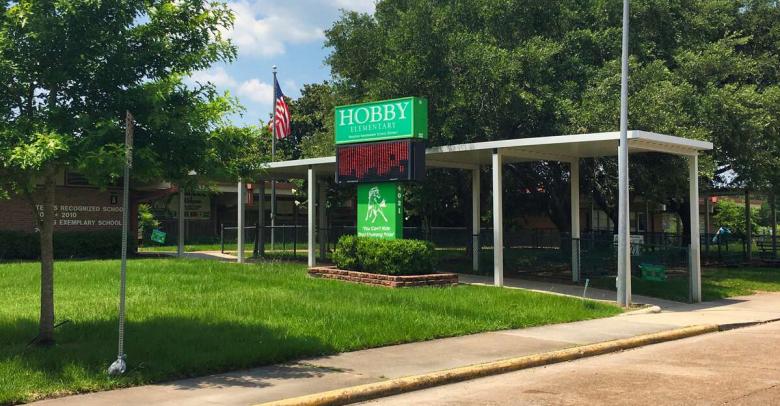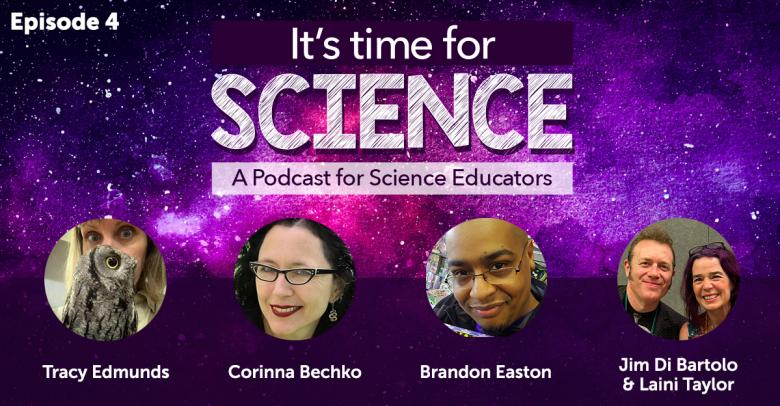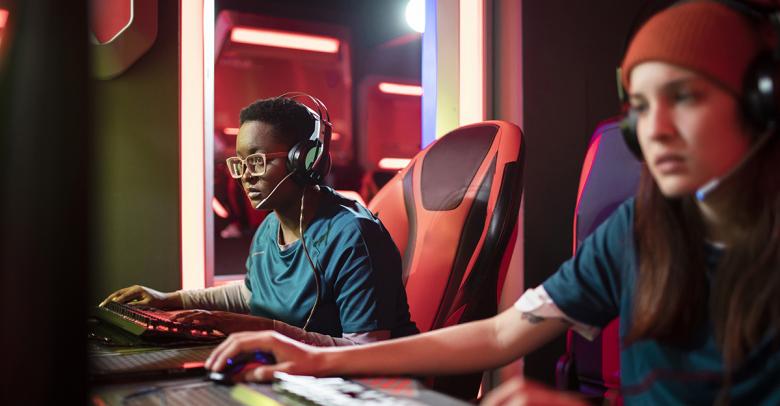Educational funding for key initiatives has historically come in waves, or as some put it, feast or famine. Funding sources from federal, state, and local levels have always included rules, regulations, and timelines that, at times, can cause confusion for those responsible for reporting back to the public. School and community leaders can find it difficult to balance all educational funding considerations.
With two challenging school years behind us, the list of priorities that educators are addressing is quite long. Planning for current and future needs is a focus across the country after federal lawmakers allocated nearly $190 billion in emergency aid to the K-12 educational system. That funding will support various needs, including social emotional learning, mental health, flexible learning environments, safety, technology, supplemental instruction to support unfinished learning, and much more.
Funding for Recovery
For some states and local districts, new federal relief could go a long way in addressing the challenges and concerns that existed prior to the COVID-19 pandemic. In other places, funds may have already been allocated to address immediate needs that were necessary over the last 15 months.
Whether educational institutions are focused on how to spend current funding or how to make the most of the stimulus monies, a critical assessment of needs should occur. The flexibility in how and when stimulus funds are spent provides time for strategic and focused planning. There will be no single approach that works for all state and district plans and initiatives. Depending on the state, the district, and the roles of the decision-makers involved, the spending focus may vary.
Therefore, when allocating any funds appropriately, consider the following:
- What are your current needs, and what are your anticipated needs?
- Identify your long-term and short-term goals. How do these goals relate to the district and state goals?
- What are you hoping to accomplish? How will you measure success?
- What data is needed? (e.g. enrollment projections, assessment results, needs assessments, etc.)
- What is your budget? Identify one-time expenses and recurring expenses.
- What are your purchasing guidelines? Can you utilize a national or state purchasing contract/cooperative to maximize your budget?
- When do you need items or services delivered? Be sure to plan ahead, as delivery time will vary due to supply chain issues.
- How will you select products, technology, and services? Who will make those decisions?
- Do you have buy-in? Will spending choices be beneficial and supported by both internal and external stakeholders?
- What is the expectation and for the communication of decisions?
Enrollment, Class Size, and Altered Learning Spaces
Once a school or district has addressed these educational funding considerations, planning can begin. As we hear from educational leaders across the country, a few common areas of focus are rising to the surface.
In order to address enrollment shifts within a district or building, space and furniture needs will be prevalent. What type of learning environment requires support? No matter the age level being addressed, instructional needs, social emotional development, collaboration capabilities, technology, safety, management, and organization will need to be taken into consideration. Flexible seating and workspaces adaptable to a variety of settings may provide options to adjust for changing enrollment numbers.
Considering the drastic drop in early childhood enrollment during the pandemic, districts need to be aware and ready for possibly larger student numbers in those grade levels. Early learners, in particular, should be accommodated with developmentally appropriate furniture and materials.
Unfinished Learning, Interrupted Learning, Remediation, and Extended School Day
If the focus is on instructional needs, reinforcing foundational skills, or possibly looking at extended instructional time, there are additional questions to consider. How will you determine what content and skills to address? How will support be provided? Will support be provided in large group, small group, or individual settings? If you are considering an extended instructional day, who will receive that benefit? Who will staff the additional time? What space will you use? How will you select curriculum and materials? Most importantly, one must consider how to best support foundational skills reinforcement with enriching activities that foster engagement. Providing students with hands-on activities can cultivate creativity, exploration, wellness, and academic skills.
Social Emotional Learning
Changes in routine are often stressful for students. Over the past few years, routines and how instruction occurs have changed frequently. The result has been an impact on emotions and behaviors. Adjusting to routines, creating new routines, planning, identifying, and dealing with various emotions, building relationships, and developing a growth mindset continue to be at the forefront.
Addressing the social emotional learning (SEL) needs of students is key, so educators must identify how to address those needs. Ideas such as integrating literature into instruction, focusing on general SEL skills through games and activities, providing dedicated time for explicit SEL instruction, and creating calming sensory spaces for students to de-stress are all viable options. Whether these needs are being supported for individuals or for all students, the instruction and support around these skills must be planned.
Hands-On Instruction and Easy-to-Clean Supplies
Another important consideration is supporting hands-on instruction in a safe manner. The use of hands-on materials and manipulatives can scaffold learning. They teach concepts by establishing an image using concrete representations. Offer students a wide selection of manipulatives for use throughout a lesson to facilitate learning, provide opportunities for practice, and make meaningful connections.
The same need for hands-on materials exists in art and physical education instruction. How do you keep instruction focused on key skills while providing the tools learners need in a safe manner? Knowing that these concerns exist, the focus may be put on providing individual student manipulative sets, creating learning centers that allow students to bring their personal set of manipulatives or equipment to use, identifying storage systems to keep materials separate, selecting materials that are easy to clean, as well as adjusting cleaning routines to include materials, and establishing ways to restock and replenish materials throughout the year.
Finally, we realize that technology needs, equitable instruction, diversity, wrap-around services, and many other concerns are additional areas of interest. Knowing the focus of K-12 dollars is on helping schools remain open, and supporting students as they catch up on learning they either missed or didn’t master, is a guideline. But focusing on teaching and learning is a priority.
Educational professionals must start with a clear vision and make sure to stay focused on the short and long-term goals. Now, more than ever is the time to move key initiatives forward.
Deanna Marie Lock
Deanna Marie Lock is a reputable educational leader with a multifaceted background as an elementary school teacher, assistant principal and principal, Instructional Solutions consultant, Instruction and Intervention Subject Matter Expert, and today as the Director of Category Expertise and Support across all of School Specialty’s target curriculum solutions and widespread product categories. With 18 years spent specifically in the public education sphere, Deanna now uses this in-classroom expertise to add a personalized, intentional approach when professionally advising to an audience she herself had been a part of for nearly two decades. Deanna is passionate about building purposeful long-term internal and external customer connections, and helping students find their passion and highest potential, too!
Read more by Deanna Marie Lock–>







Leave a Reply